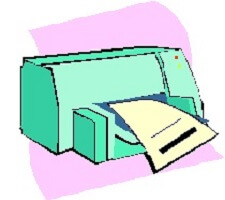When I self published my first book, I didn’t have a clue what I was doing. Thanks to the internet, I found some good articles and advice books and made a start on publicity. You can’t do everything at once, so I started slowly. When I talk to people now about my social media platform for example, their eyes glaze over with panic because it sounds so complicated. It is quite complex – now – but I have been building this for five years.
I was better at publicity when I launched my second book – been there, done that – but there was still so much to learn. When I dealt with the media, I didn’t have a media kit. I didn’t even have a press release. I just rang people up or emailed them and said, ‘I’ve just published a book, can you help me?’
Sometimes I got lucky, but mostly I was ignored.
I got lucky enough that my books were quite successful locally, because they are stories from local history, but I have learned so much more since then. One important thing I’ve learned about is a media kit. I was lucky enough to buy a set of media kit templates, and have used them ever since. If you search the internet you can find all sorts of examples, many only one page. But if you’re an author, you’re going to need more than a single page, because as well as your details you need the details of each of your books.
Here are 7 reasons why you need a media kit:
 So you can get started, here is a list of the main things that should be in your media kit:
So you can get started, here is a list of the main things that should be in your media kit:
You can make it available as a zip file via email, or make downloadable from your website. You will find your media kit useful to you too. It’s so much easier to talk to people when you’re prepared, and you never have to fuss around to find a description or a link.
Ann Marie Thomas is the author of three medieval history books, a surprisingly cheerful poetry collection about her 2010 stroke, and the science fiction series Flight of the Kestrel. Book one, Intruders, is out now. Follow her at http://eepurl.com/bbOsyz